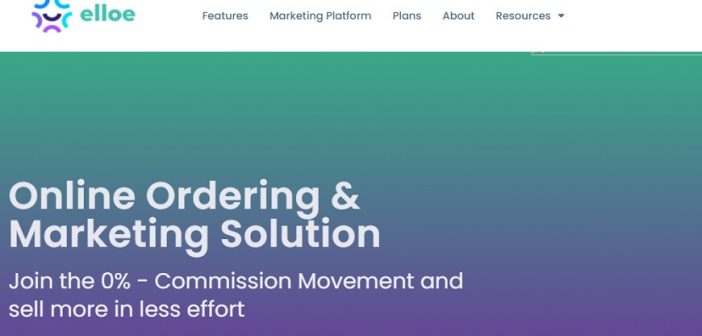Driving Product Growth Through Systems Thinking and Flywheels

As product-led organizations mature, the limitations of feature driven thinking become more apparent. While shipping new features can create short term spikes in usage, long term growth depends on the structure and sustainability of the system behind the product.
Systems thinking offers a lens through which product managers can identify leverage points, feedback loops, and network effects that enable scalable, compounding growth over time.
Rather than relying on linear funnels that treat product growth as a straight path from awareness to conversion, advanced product leaders are shifting to growth loops. These loops are cyclical processes where one user’s action drives outcomes that attract and retain other users, creating a reinforcing system. For instance, when a user creates content or contributes data, it improves the overall experience, attracting new users and increasing their likelihood to contribute as well. This compounding effect powers growth that is not only self-sustaining but also increasingly efficient over time.
Kunmilade Adedokun, a senior product manager with a strong background in platform thinking, has applied this approach by redesigning transactional flows to create feedback rich experiences. In one particular product line, she implemented a mechanism where every transaction contributed to system intelligence, leading to faster approvals and improved user confidence. Over time, this trust led to higher engagement and a surge in user-led referrals, turning the product into its own growth engine.
Designing effective flywheels begins with understanding the relationship between user success and product momentum. A flywheel typically starts with a core user behavior that generates value, which then reinforces another aspect of the product, setting off a cycle of increased engagement. Unlike funnels that degrade over time, flywheels become stronger with each cycle, assuming the right reinforcing elements are in place.
This is where product-led growth becomes essential. Rather than depending solely on sales or marketing to drive expansion, the product itself guides users through increasing levels of value. In practice, this means removing friction, aligning features with user intent, and structuring the user experience to surface the next logical action. Kunmilade has led product teams to architect onboarding flows that dynamically adapt based on user behavior. This approach made it easier for users to unlock deeper product capabilities without being overwhelmed, leading to more sustained growth without aggressive external prompting.
Retention is a central pillar in this framework. A product cannot sustain loops or flywheels without strong retention, as drop-offs interrupt the system. Behavioral design plays a crucial role here. Leveraging habit loops, cue, routine, and reward, product managers can create experiences that naturally pull users back into the product. Timely nudges, contextual triggers, and consistent reinforcement increase the likelihood of repeated use.
One strategy Kunmilade employed involved embedding predictive insights into user workflows. Instead of requiring users to seek out information, the product proactively delivered relevant data at decision points, increasing the perceived value of the product and strengthening habitual engagement. These seemingly small adjustments had a measurable impact on usage depth and product stickiness.
Systems thinking also involves accounting for externalities and network interactions. In multi-user or multi-tenant platforms, value creation often comes from interactions between users rather than just individual actions. Network effects, when designed intentionally, ensure that each new user adds value to existing ones. This could mean designing collaborative features, creating shared incentive structures, or amplifying user contributions across the network.
Kunmilade once redesigned a referral mechanism to emphasize collaboration. Instead of just offering incentives for invites, the new flow highlighted how inviting others would unlock shared benefits and collaborative features.
This framing led to a significant increase in activation and longer term retention of invited users, further feeding into the loop.
While acquisition is important, systems based growth prioritizes retention and user behavior as the primary fuel for compounding success. Product teams are learning to look beyond vanity metrics like app downloads or new sign ups. More meaningful indicators include repeated actions, frequency of use, and the spread of usage across user groups. When teams model growth this way, they are better able to understand what truly drives expansion and how to nurture it.
This mindset shift also affects how roadmaps are built. Features are no longer just items to be delivered. They are levers within a system, each affecting multiple feedback points. With this awareness, product leaders can make more informed trade-offs, anticipate unintended effects, and build with greater clarity.
In Kunmilade’s experience, organizing product discussions around system diagrams rather than feature lists helped teams align more quickly and focus on outcomes rather than outputs.
Ultimately, driving growth at scale is no longer just about building more. It is about building smarter. Systems thinking and flywheel design enable product leaders to move beyond isolated wins and architect sustained momentum. By thinking in loops, optimizing for retention, and reinforcing network value, they lay the foundation for growth that not only compounds but also endures.







